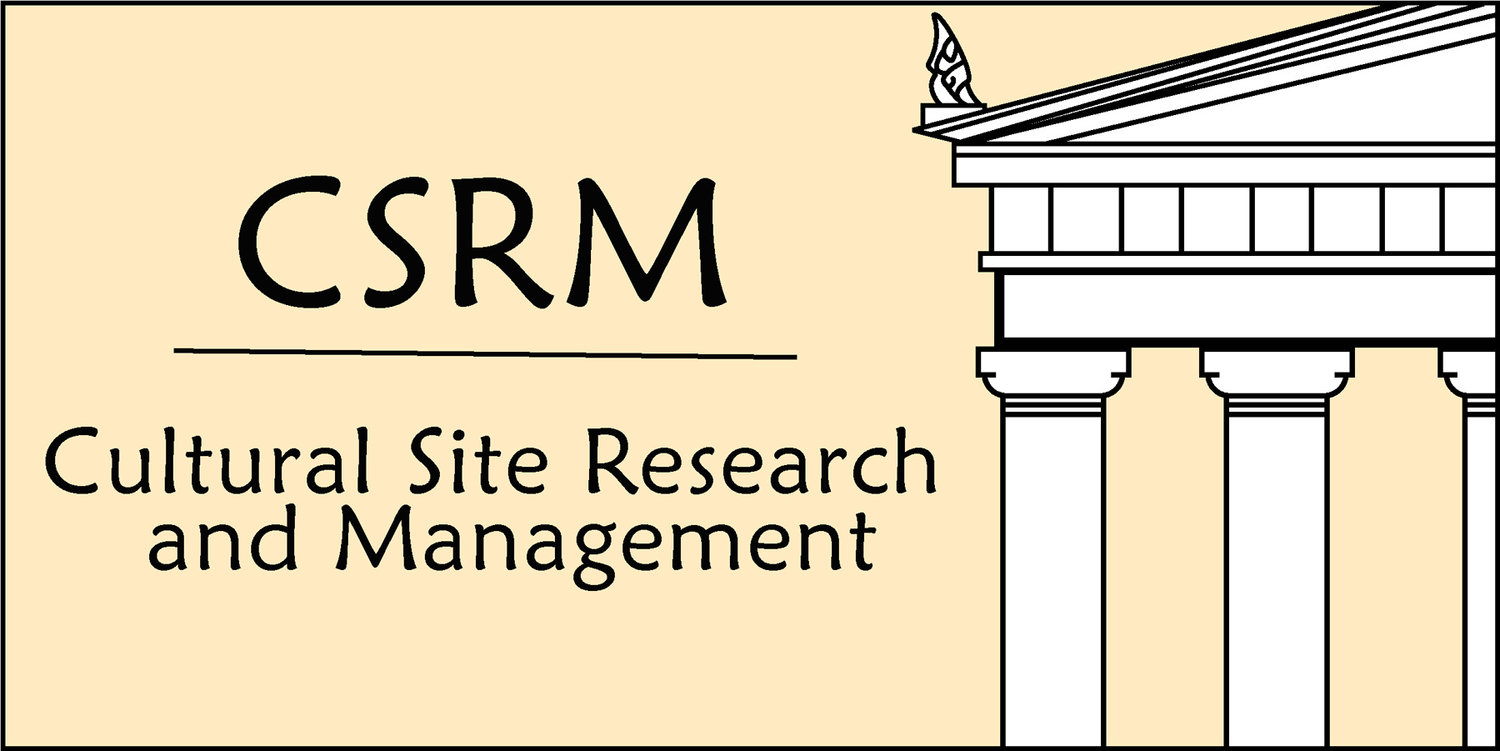Meadowood Interpretive Strategy, Mason Neck, Virginia
CSRM developed an interpretive strategy for the Meadowood Special Recreation Management Area (SRMA), managed by the Lower Potomac Field Station of the Bureau of Land Management. This area is one of the few undeveloped zones surrounding Washington, D.C., and provides a critical habitat for threatened and endangered terrestrial and aquatic species native to the region, in addition to improving the water quality of the Potomac draingage. Meadowood is also an important area for outdoor recreation, which has been the focus of Presidential initiatives since John F. Kennedy.
The Meadowood Interpretive Strategy breaks down the visitor experience to the site into four areas in order to provide a comprehensive approach to planning and management:
- Outreach Prior to Arrival
- Orientation and Access to the Area
- On-Site Exploration
- Off-site Programming and Links
The recommendations for developing each of these areas focused on the current and expected financial and staffing capabilities of the Lower Potomac Field Office and draws on digital solutions such as QR codes to convey critical information order to reduce implementation costs. In addition to targeting these four facets of visitor experience, CSRM performed archaeological, ecological, environmental, and historical research on three principal themes, developed in partnership with park stakeholders to highlight the relevance of Meadowood to both the mission of the BLM and the public at large – Meadwood as a Habitat, the Environmental History of the area, and Mason Neck as Crossroads. These research themes were the framework for developing content brochures, waysides, and website content for Meadowood’s hiking, biking, and horseback trails.
CSRM’s interpretive strategy for Meadowood included a strategic outline of personnel and material needs, community partners, resources for further research, funding sources for implementing the changes, and a series of long-term initiatives to meet the BLM’s goals.

